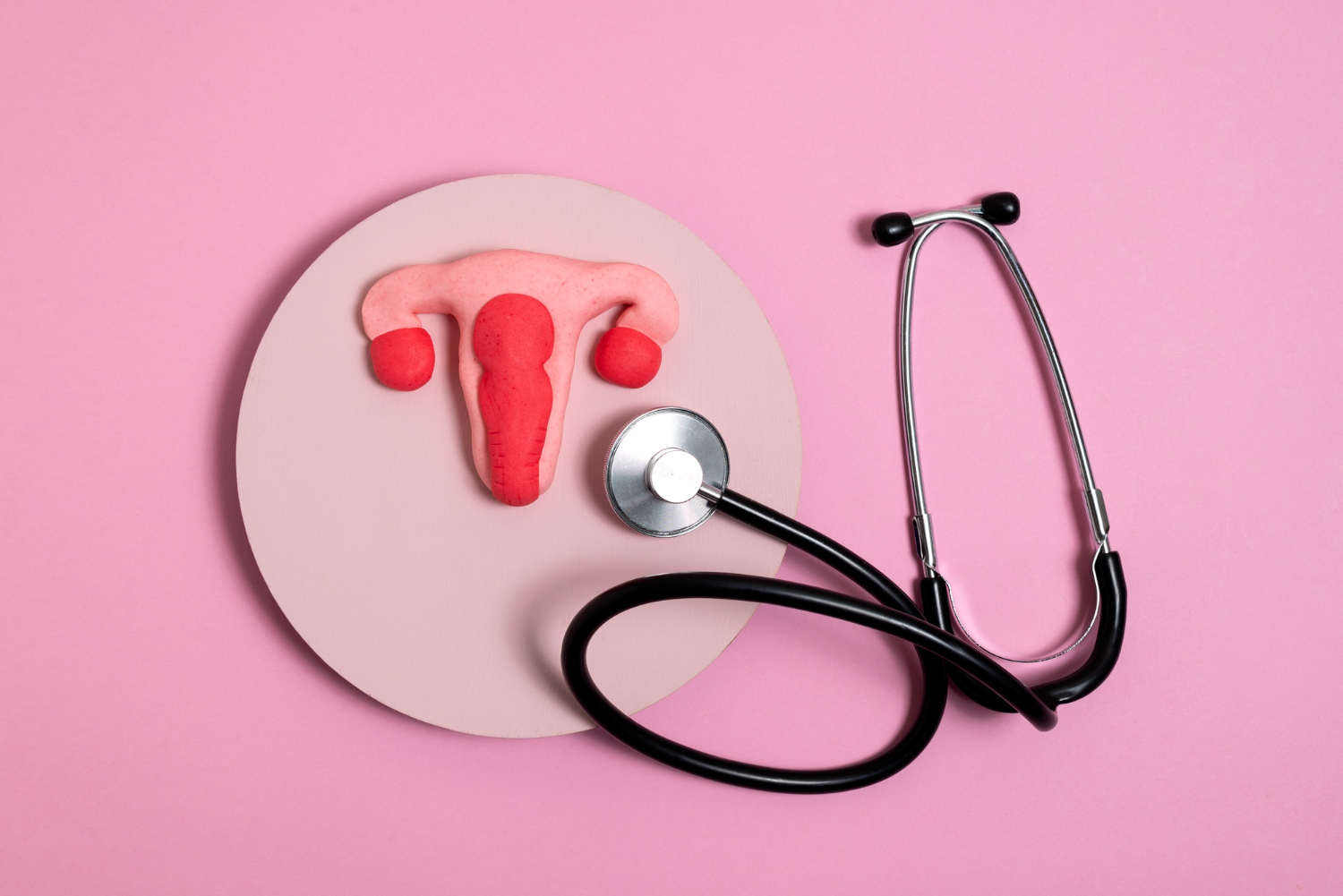The Woes Of Cervical Cancer
Cervical Cancer is the fourth most commonly occurring cancer in women and the eighth most common overall, yet lung, breast, and colorectal cancers are all three times more frequent. So why is it that WHO would choose cervical cancer screening as an important indicator of a strong and equitable healthcare service?

When cancer develops in the cervix of a female, it is termed Cervical Cancer (CC). CC usually develops slowly over time with the initial appearance of abnormal cells in the cervical tissue. Later, cancer cells start to grow and spread more deeply into the cervix and to surrounding areas.
Cervical cancer disproportionately affects women in low-middle-income countries (LMIC). It is estimated that 311,000 women died across the world from cervical cancer in 2018. More than 85% of these deaths occurred in LMIC (3).
Cervical cancer in the 21st century remains a significant public health issue, particularly affecting women in low- and middle-income countries. Despite advances in medical science, several challenges and concerns continue to persist:
- Global Disparities in Incidence and Mortality
- High Burden in Low-Income Countries: Cervical cancer is disproportionately prevalent in low- and middle-income countries due to limited access to preventive measures like HPV vaccination and regular screening. These regions account for nearly 90% of cervical cancer deaths.
- Access to Healthcare: Inadequate healthcare infrastructure, lack of trained healthcare professionals, and limited resources for screening and treatment contribute to higher incidence and mortality rates.
- Preventive Measures and Vaccination
- HPV Vaccination: While the HPV vaccine is highly effective in preventing cervical cancer, its uptake varies widely. High costs, lack of awareness, and vaccine hesitancy impede widespread vaccination programs, especially in resource-poor settings.
- Screening Programs: Regular screening through Pap smears and HPV testing is crucial for early detection. However, many women do not have access to these services due to logistical, financial, or cultural barriers.

- Awareness and Education
- Lack of Awareness: There is a significant lack of awareness about cervical cancer, its risk factors, and the importance of regular screening and vaccination. This is particularly acute in rural and underserved communities.
- Cultural and Social Stigmas: Cultural beliefs and social stigmas surrounding gynecological health can discourage women from seeking screening and treatment.
- Healthcare System and Challenges
- Fragmented Care: In many regions, healthcare systems are not equipped to provide continuous and comprehensive care for cervical cancer patients. This includes follow-up care and management of treatment side effects.
- Resource Allocation: Competing health priorities and limited resources often mean that cervical cancer prevention and treatment do not receive adequate funding and attention.

- Treatment Challenges
- Late Diagnosis: Many cases of cervical cancer are diagnosed at an advanced stage when treatment options are limited and less effective, leading to poorer outcomes.
- Treatment Access and Quality: Access to quality treatment, including surgery, radiation, and chemotherapy, is often limited in resource-poor settings. Even when treatment is available, it may not meet the standards required for optimal outcomes.
- Psychosocial Impact
- Emotional and Psychological Burden: A diagnosis of cervical cancer can have profound emotional and psychological effects on women and their families. The stigma associated with cancer, fear of treatment, and potential loss of fertility can add to the emotional burden.
- Support Systems: Adequate support systems, including counseling and support groups, are often lacking, leaving many women to cope with the disease on their own.
If no action is taken, it is predicted that deaths from cervical cancer will rise by nearly 50% in the next two decades. To tackle this, WHO has set the 90-70-90 targets. By 2030, each country should aim to have 90% of girls vaccinated against HPV before age 15, 70% of women screened for cervical changes by the age of 35 and again by 45, and 90% of women diagnosed with cervical disease treated. If this is achieved, it is estimated that 70 million cases could be avoided, and 62 million lives could be saved in the next century
DIETARY RECOMMENDATIONS THAT SUPPORT THE PREVENTION AND TREATMENT OF CERVICAL CANCER
Dietary choices can play a significant role in supporting overall health and potentially preventing cervical cancer. While diet alone cannot completely prevent cervical cancer, it can contribute to a stronger immune system and lower the risk of HPV infection and progression to cancer. Here are some dietary recommendations that support and help prevent cervical cancer:
- High Intake of Fruits and Vegetables
- Foods rich in Folate
- Healthy Fats
- Green Tea
- Garlic and Onions
- Avoid Processed and Red Meat
- Limit Alcohol Consumption
- Hydration
- Supplements
There are dietary supplements that contain anticancer, anti-inflammatory, and anti-tumor properties that can help support the prevention and treatment of certain cancers including the cervical and breast cancer that is ravaging the women in our world. These supplements have been highly certified by NAFDAC and other governing bodies in the Western world. These supplements are being recognized all around the world.
The CRANSTEMBOLD is one of these supplements, it contains Cranberry, Sophora Flavesencs, and Chinese Skullcap which has been found to prevent and treat all sorts of cancers.
Get CRANSTEMBOLD today and make it part of your lifestyle. Make it a part of your cosmetics and wardrobe, and use it to protect your health from terminal diseases such as cancer.





